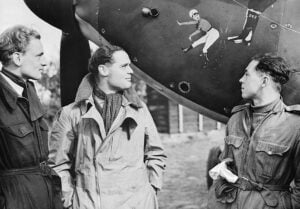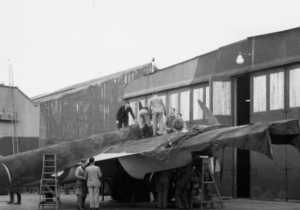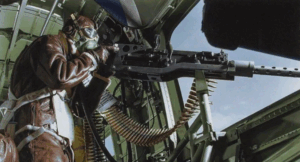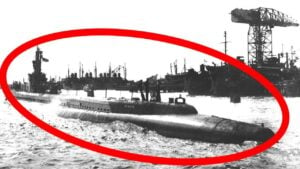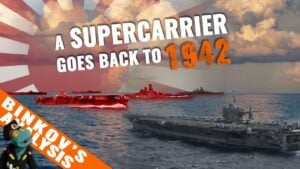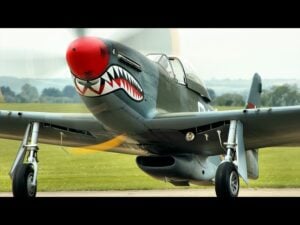How Effective Were Spitfires In Australia

YouTube / Australian Military Aviation History
The Supermarine Spitfire is arguably the most iconic fighter of World War II. With over 20,000 built and 22 major variants, it was the only Allied fighter in continuous production before, during, and after the war. But while the Spitfire’s heroics over Britain and Europe are well known, its service in Australia and the Pacific Theater tells a lesser-known story.
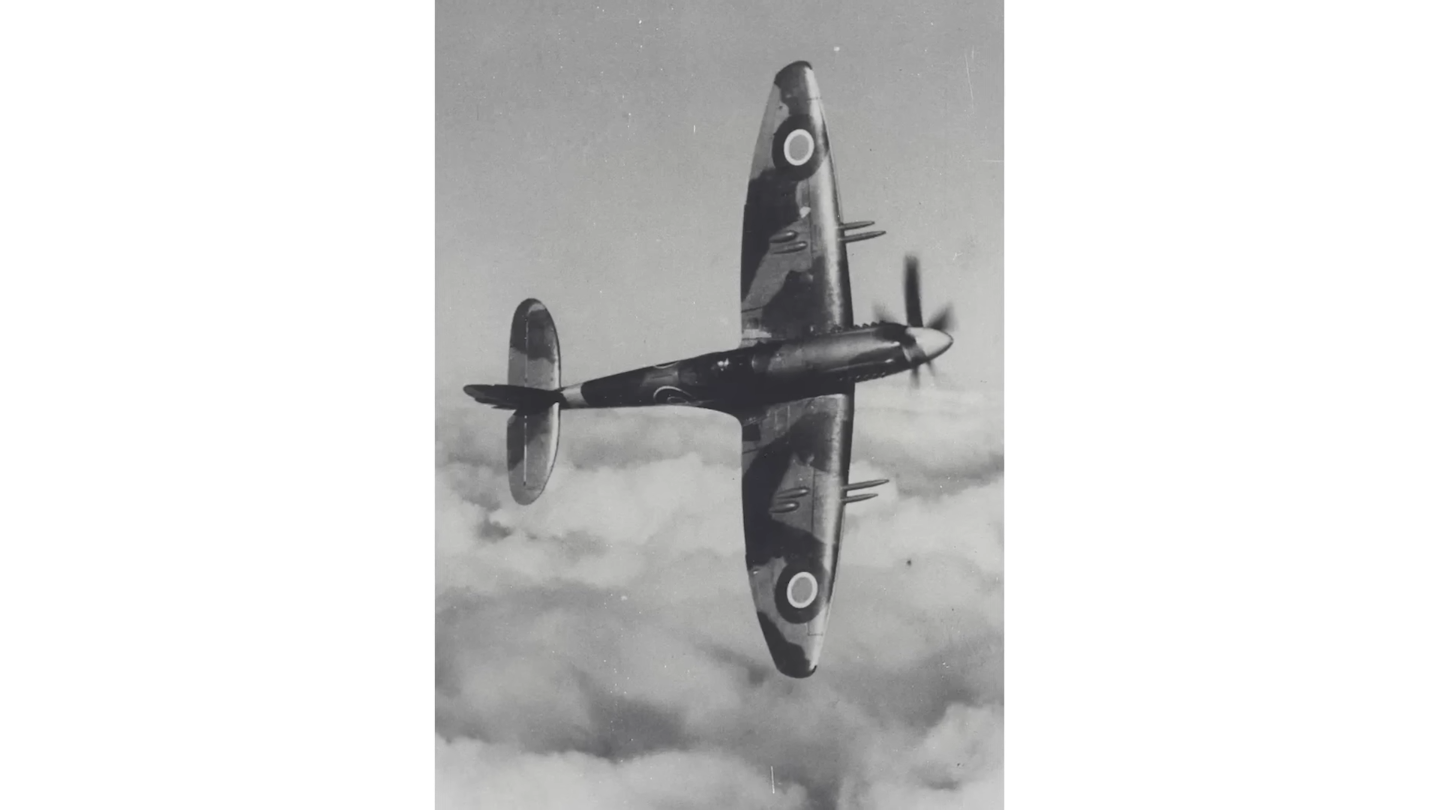
Australia’s Call for Air Defense
Australia’s relationship with the Spitfire began in the skies over Britain, with around 30 Aussie pilots flying during the Battle of Britain. Later, RAAF Squadrons 452 and 457, along with RAF No. 54 Squadron, formed No. 1 Fighter Wing, defending northern Australia from Japanese air raids. But it wasn’t easy—initial Spitfires were rerouted to North Africa, delaying local defense efforts.
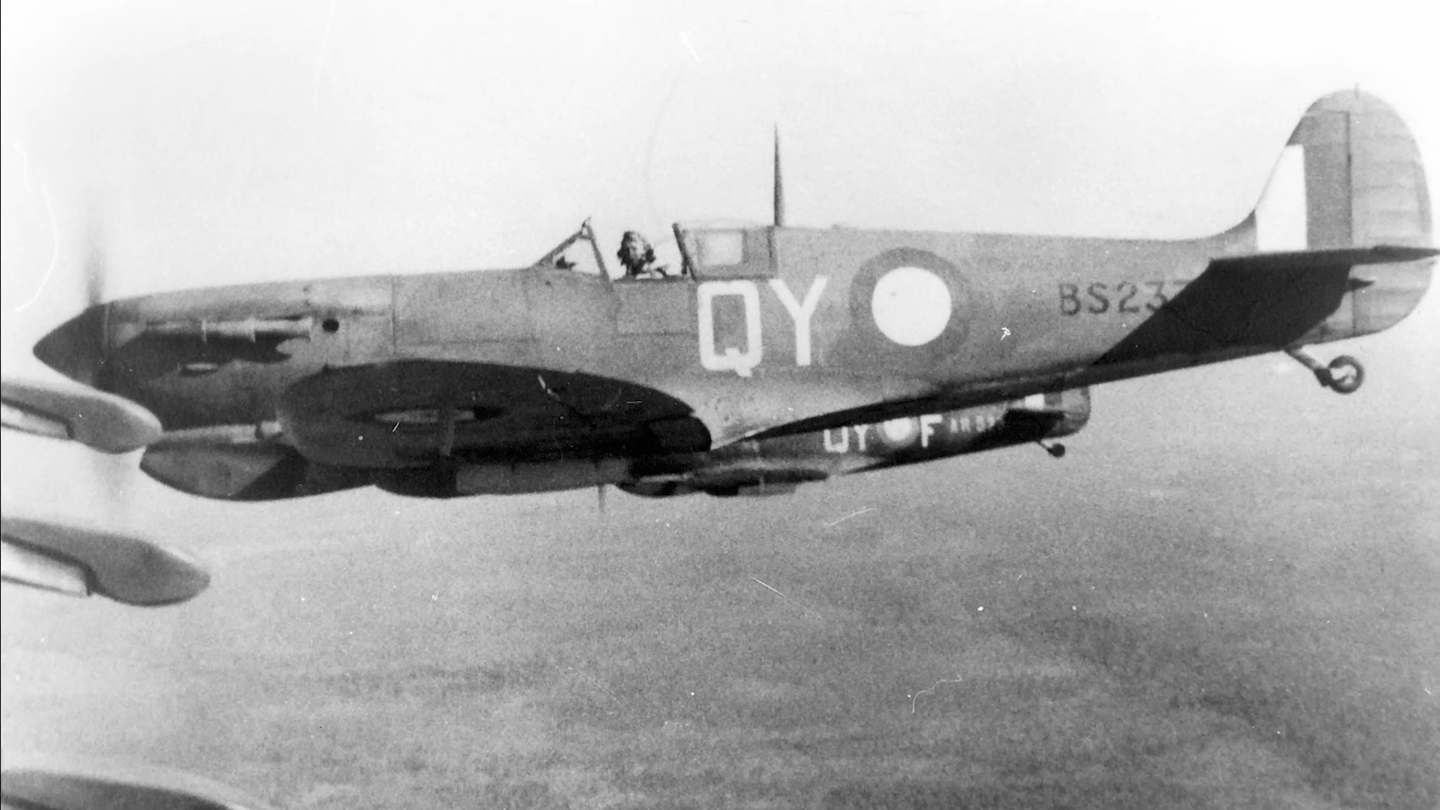
A High-Performance Fighter with Tropical Problems
By late 1942, Mark Vc Spitfires arrived in Australia—tropicalized and capable of engaging high-flying Japanese bombers. However, the Spitfire faced serious teething problems: overheating on hot airstrips, fragile undercarriage on rough terrain, and limited range. Despite these issues, its superior climb rate and agility far outclassed the P-40 Kittyhawks.

Upgrades, Combat Lessons, and a Change in Strategy
Australia later received 410 Mark VIII Spitfires, optimized for low and high-altitude operations. Tactics also shifted—pilots began using hit-and-run attacks rather than traditional dogfighting to counter Japanese formations. The effectiveness of No. 1 Fighter Wing, aided by locally built radar, helped reduce enemy attacks by late 1943.
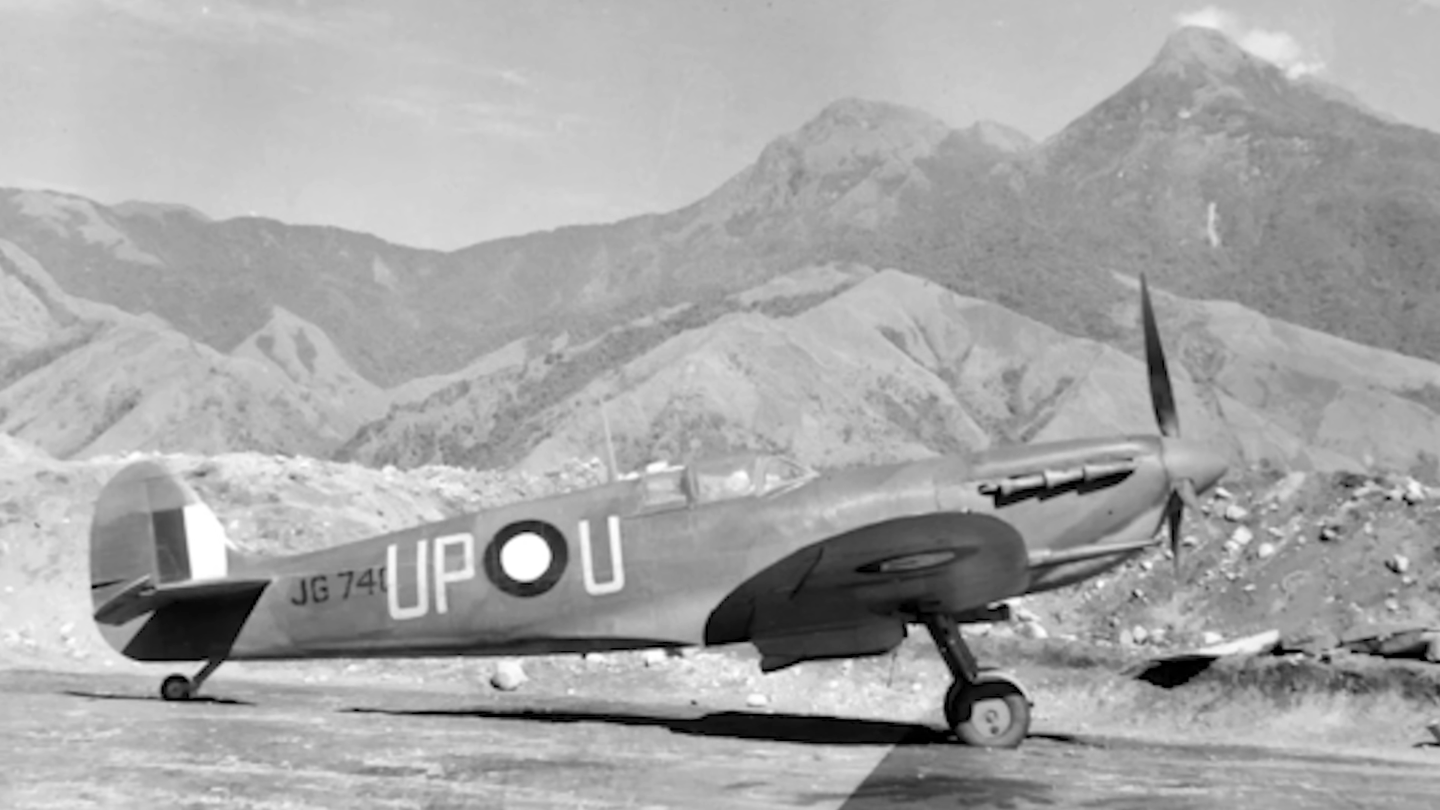
But as the Pacific war moved north, Spitfires were sidelined. American commanders declined to use RAAF units in major campaigns. Many aircraft, including 120 brand-new Mark VIIIs, never flew a combat sortie. Instead, they were mothballed and scrapped post-war.
Legacy and Remembrance
By 1945, Spitfires were replaced by Australian-built Mustangs. Hundreds were scrapped between 1946 and 1952. Today, only a handful survive in Australia—some still flying, including examples at the Temora Aviation Museum and the Hunter Fighter Collection.
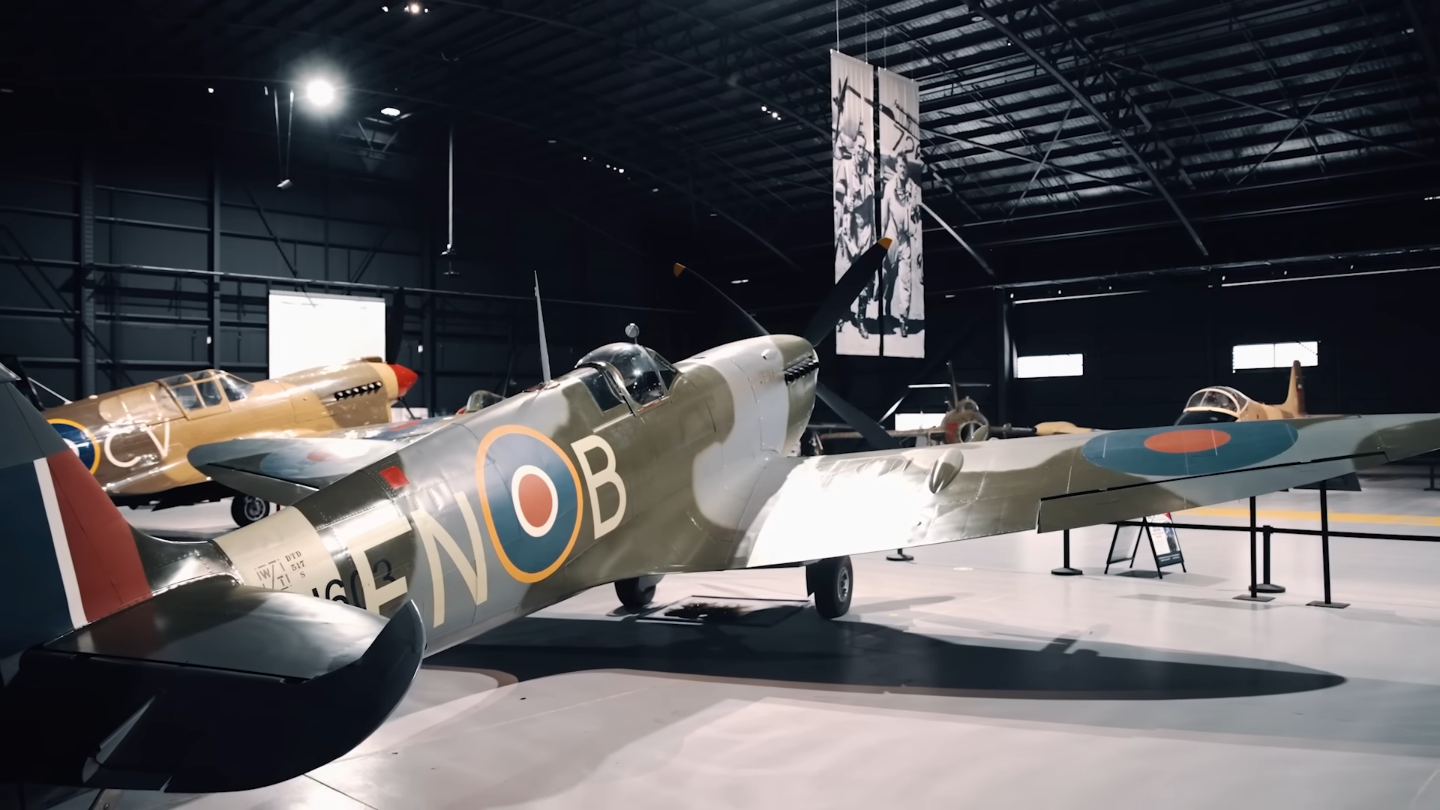
Though their Pacific role was limited, Australia’s Spitfires remain a proud symbol of wartime resilience and aerial excellence














